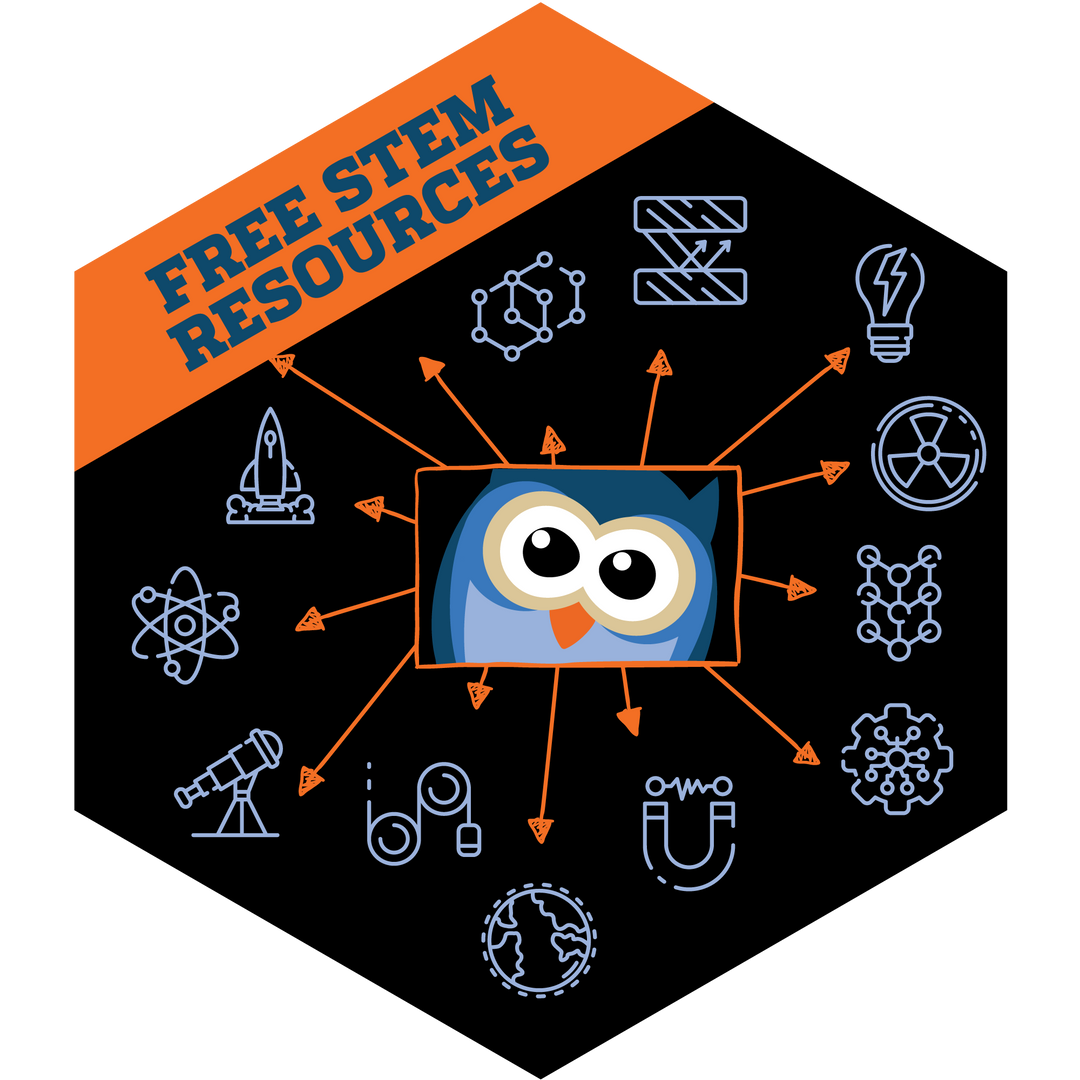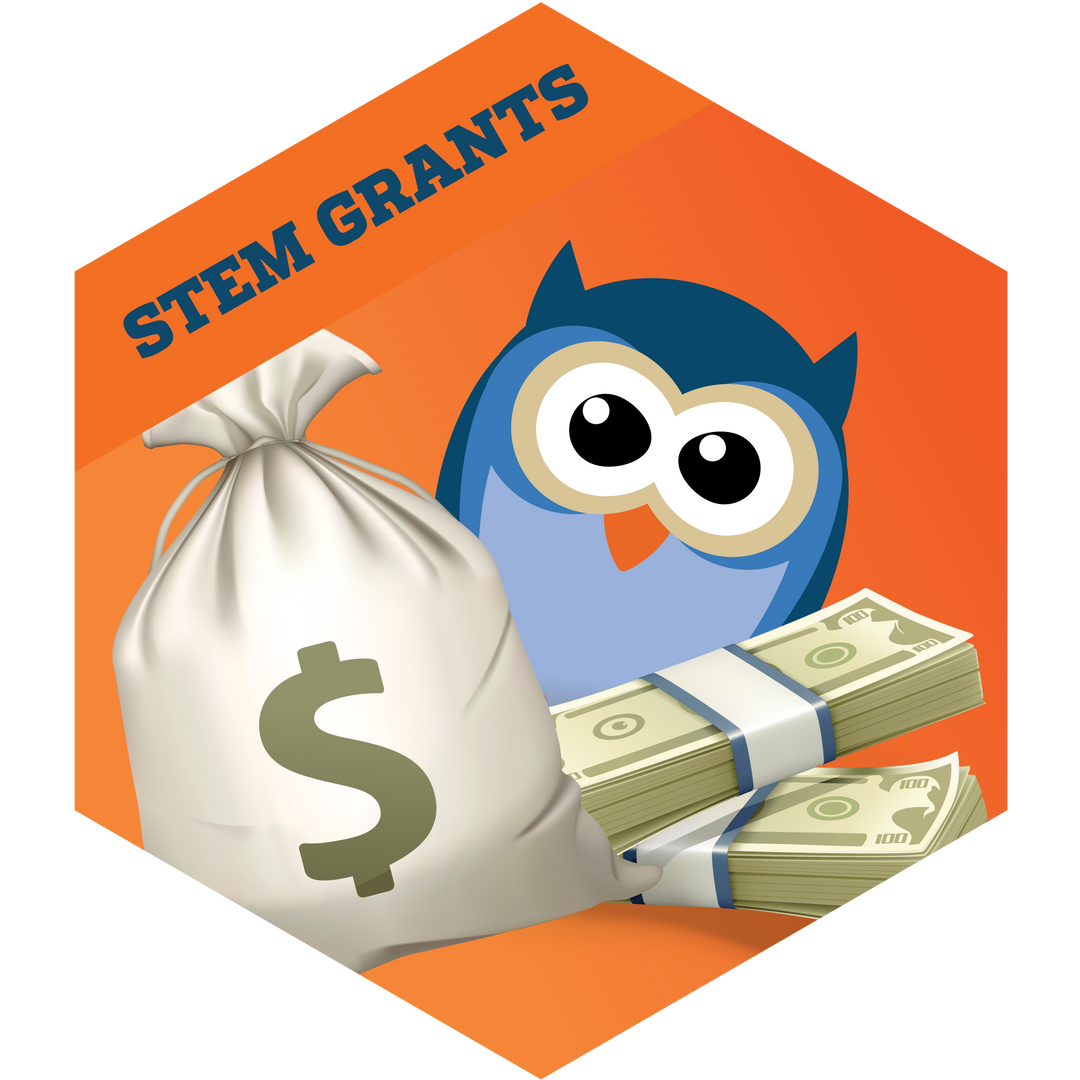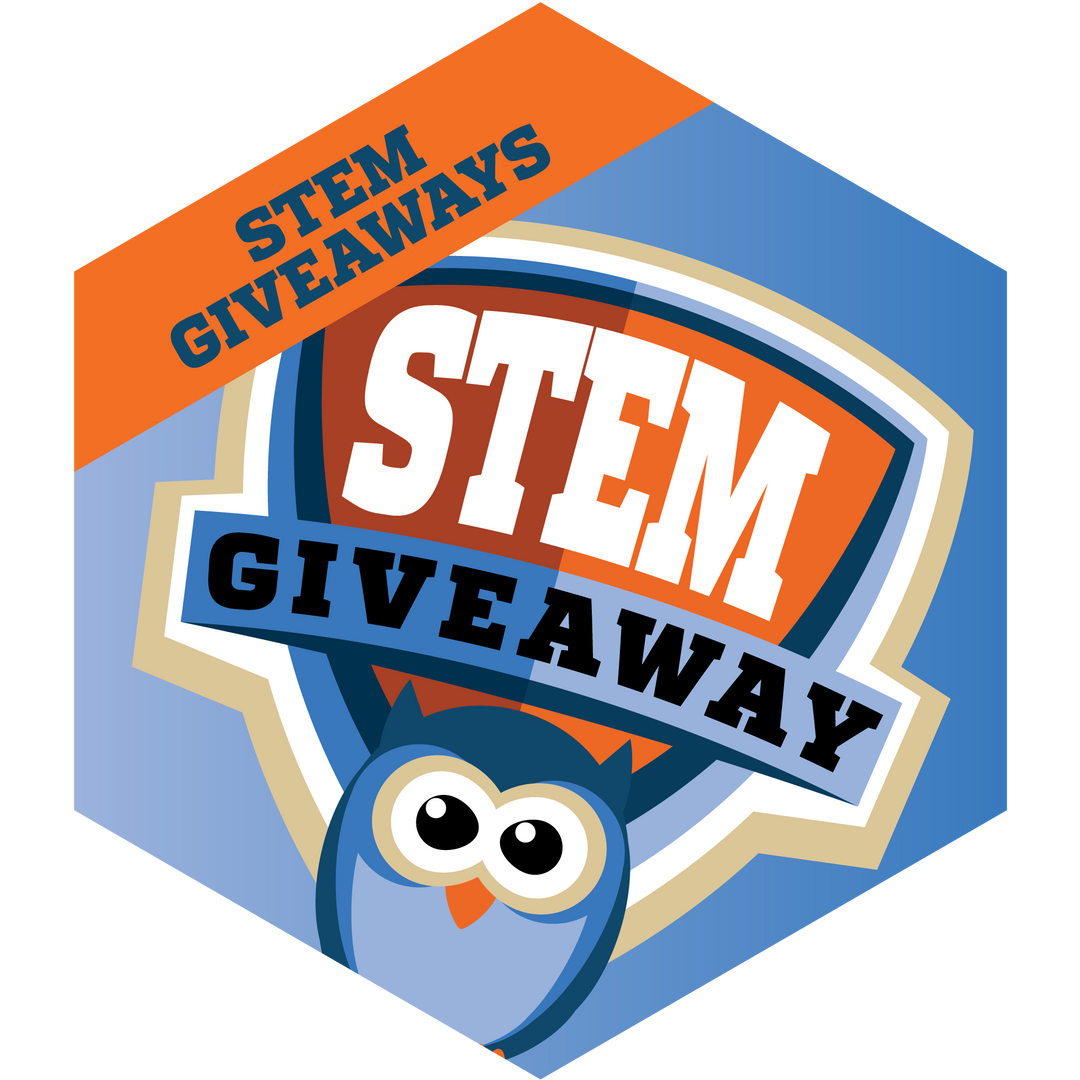Waste Handling in a Microgravity Environment Challenge | NASA
NASA, in partnership with NineSigma, is seeking new ideas to facilitate recycling in space, through a crowdsourcing challenge as part of the NASA Tournament Lab (NTL). The Recycling in Space Challenge is an opportunity for the public to submit proposals for components capable of storing and transferring trash to a thermal processing unit.
Participants will be able to submit entries from Wednesday, Oct. 10, at 12 p.m. EDT through Wednesday, Jan. 16, at 5 p.m. EST. NASA plans to award $10,000 to the first-place winner, and two $2,500 second prizes. Successful entrants also may have the opportunity for future collaboration with the agency. NASA will announce winners for the Recycling in Space Challenge in March 2019.
Long-duration human space exploration missions to the Moon and Mars need solutions for managing trash and other waste generated by the crew. NASA’s Advanced Exploration Systems logistics reduction project is developing technologies to mitigate issues with waste. Four astronauts can generate 2,500 kilograms of waste during a yearlong mission. Trash takes up space and presents a safety risk to the crew from biological and physical hazards. Current waste disposal methods on the International Space Station rely on astronauts manually processing trash by placing it into bags then loading it onto a designated vehicle for short term storage, which depending on the craft, returns the trash to Earth or burns up in the atmosphere. This disposal method will not be available for missions beyond low-Earth orbit.
Recycling trash is one method for mitigating these issues, as well as potentially transforming waste into a source of supplies for the mission. Astronauts can process small pieces of trash in a high-temperature reactor, which breaks the waste down into water, oxygen, and other gases which the crew can use or vent as needed. Besides the gases, the remainder of the waste is greatly reduced in size, and no longer biologically active.
“Along with a commitment to explore and pioneer, comes a commitment to use the resources at our disposal fully, efficiently and responsibly,” said Anne Meier, lead research engineer at NASA's Kennedy Space Center. “Recycling in space and repurposing all or as much of the mass that we launch up to space is key for sustainable long-duration space travel. Waste conversion and volume reduction will free up volume for more science, more exploration, and is the heart of closing the loop on human spaceflight, and logistics reduction and reutilization.”
To harness the recycling potential of the reactor, this challenge is seeking proposals for a unit that can function in microgravity with a receptacle component for depositing various types of waste into the unit and a feeder component capable of transferring the waste into the reactor through a small opening. Without these components, the crew would have to spend time processing trash and manually inserting it into the reactor instead of working on other higher priority tasks. By employing crowdsourcing, which has proven effective in previous challenges, it increases the likelihood of finding an innovative solution. Crowdsourcing allows NASA to harness a surge of creativity from external sources and augment ideas generated by the agency’s workforce.
The Recycling in Space challenge compliments a similar initiative at the agency to increase innovation headed by the NASA’s Center of Excellence for Collaborative Innovation and its NASA@WORK team. By using a new platform that enables employees across NASA to collaborate and share ideas on challenges posted to NASA@WORK, participants have already started proposing solutions for the inaugural challenge of developing an astronaut-friendly waste receptacle design.
NASA also is pursuing other methods of handling trash during deep space missions including reaching out to industry through the Next Space Technologies for Exploration Partnerships solicitation for prototype Trash Compaction and Processing System. Awards for the first phase of the public private partnership went to Sierra Nevada Corporation (SNC) and UTC Aerospace Systems (UTAS) to develop systems that can reduce trash volume. They will have 18 months to develop and test their designs, before NASA conducts a preliminary design review (PDR). There will be a second phase focused on procurement after the PDR.
Since 2011, the NTL has used a variety of open innovation platforms to engage crowdsourcing communities in challenges to create the most innovative, efficient and optimal solutions for specific, real-world challenges faced by NASA and the federal government.
NineSigma North America Inc. helps organizations in the public, private and nonprofit sectors find new solutions, knowledge and partners to accelerate innovation, addressing problems of a global magnitude through its Grand Challenge innovation programs.



